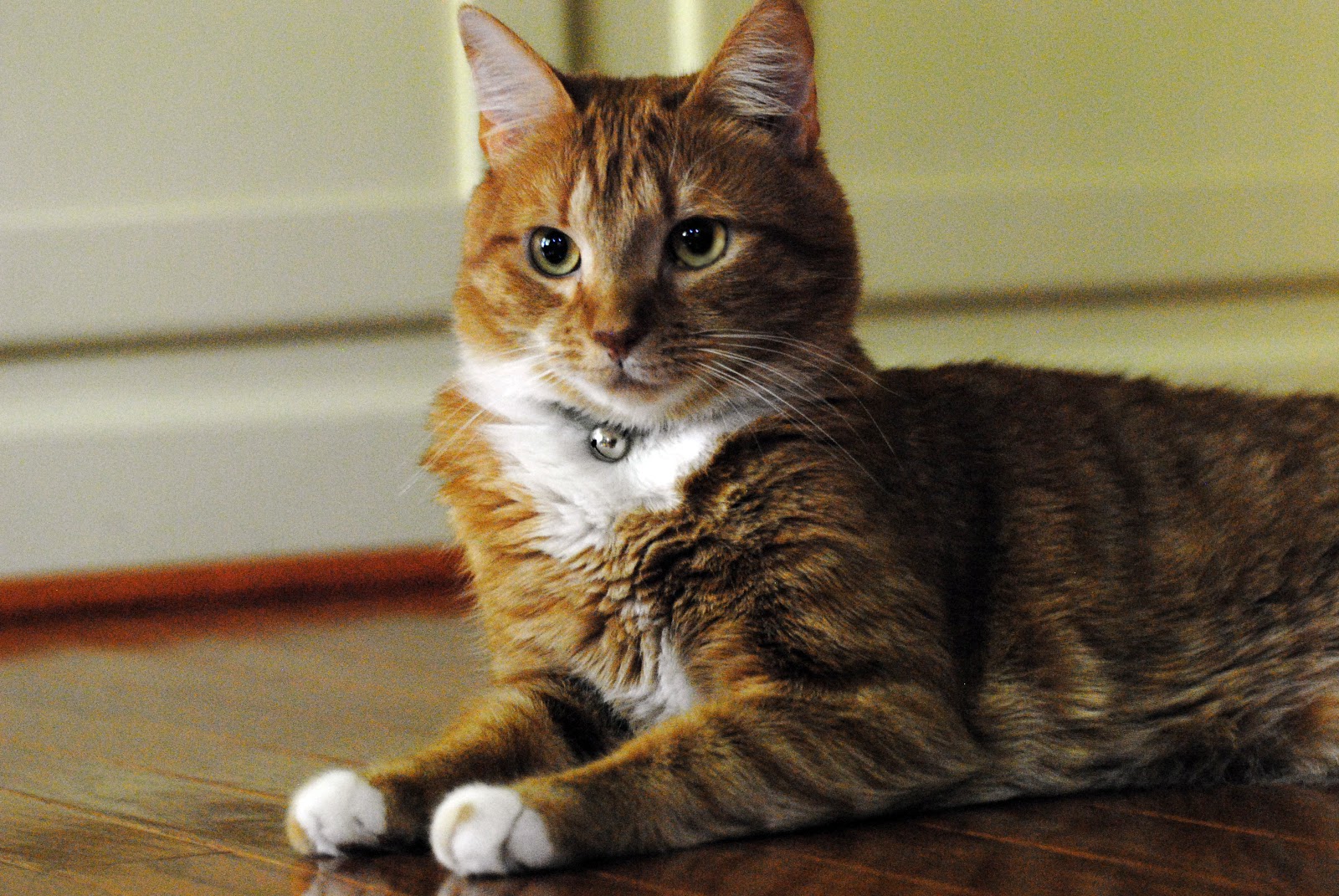
Cat litter and litter boxes play a pivotal function in the lives of both felines and their owners. From the humble beginnings of sand and soil to the ingenious improvements of today, the world of cat litter has evolved considerably. In this detailed guide, we look into every element of cat litter and litter boxes, exploring their history, types, advantages, obstacles, and whatever in between.
The history of cat litter go back centuries, with ancient civilizations utilizing sand, soil, and even ashes as primitive litter products. Nevertheless, it wasn't till the mid-20th century that modern cat litter as we understand it emerged. In 1947, Edward copyright introduced the world's first commercial cat litter made from absorbent clay, transforming the way cats relieved themselves indoors. Ever since, cat litter has gone through many improvements, with the intro of clumping litter, silica gel litter, eco-friendly alternatives, and more.
Today, feline owners are ruined for choice when it concerns selecting the right litter for their feline companions. Traditional clay litter stays popular for its price and efficiency in taking in odors. Clumping litter, which forms solid clumps when wet, streamlines cleansing and upkeep. Silica gel litter, composed of highly absorbent silica crystals, offers remarkable smell control and durability. Naturally degradable options, such as recycled paper, wood pellets, corn, and wheat, appeal to ecologically mindful consumers.
Each type of cat litter uses special advantages. Clay litter excels in its capability to soak up moisture and control odors, making it a dependable choice for lots of feline owners. Clumping litter simplifies day-to-day scooping and extends the time in between complete litter modifications. Silica gel litter supplies remarkable odor control and can last longer in between replacements. Naturally degradable litters offer a sustainable option that lessens ecological effect.
While cat litter enhances indoor feline health, it is not cat litter without its difficulties. Dust from clay litter can position breathing dangers for both cats and human beings, prompting the appeal of dust-free options. Some cats may establish litter box aversion due to issues with texture, aroma, or cleanliness, demanding experimentation with different litters and box setups. Multi-cat homes may need strategic litter box placement and frequent upkeep to prevent territorial conflicts and ensure all felines have access to clean centers.
Picking the appropriate litter box is necessary for promoting positive litter box routines and overall feline wellness. Factors to cat litter scooper consider consist of size, accessibility, and style preferences. Covered litter boxes provide personal privacy and assistance contain odors, however some cats might find them confining or frightening. Open-top litter boxes use easy access and presence but may lead to more litter scatter. Automatic self-cleaning cat litter box furniture litter boxes simplify maintenance but need regular monitoring and maintenance.
Proper litter box upkeep is crucial for guaranteeing a tidy and inviting environment for both felines and their owners. Daily scooping removes waste immediately, minimizing odor and preventing litter box aversion. Regular litter replacement, usually every 1-2 weeks, prevents bacterial accumulation and keeps optimal absorbency. Comprehensive cleansing with mild cleaning agent and water, preventing harsh chemicals that may prevent cats from using package, ought to be carried out monthly.
Cat litter and litter boxes play a main function in fostering a healthy and harmonious relationship between felines and their human buddies. With a varied array of litter choices and litter box designs available, cat owners have the flexibility to tailor their options to suit their cats' preferences and home requirements. By understanding the evolution, types, benefits, and difficulties of cat litter and litter boxes, family pet owners can provide their feline friends with a comfortable and hygienic indoor environment.